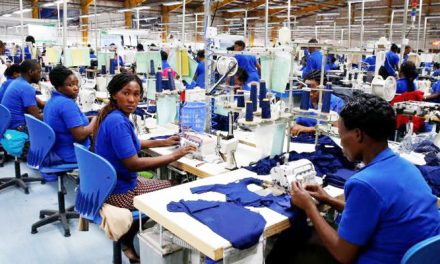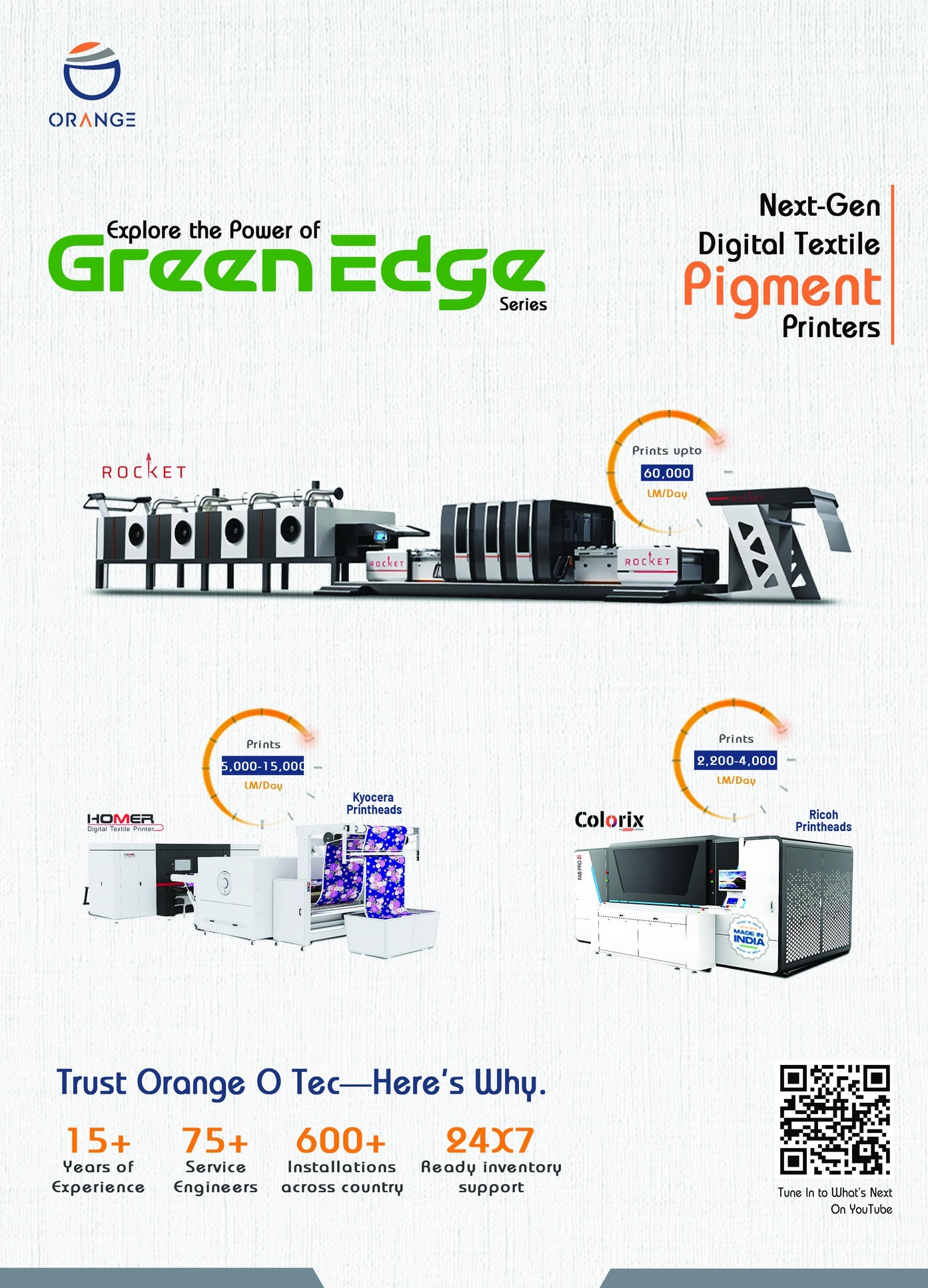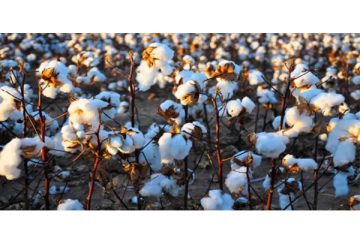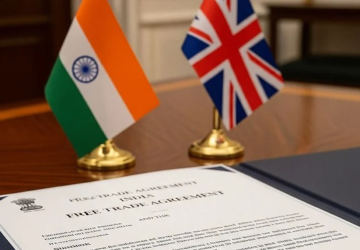 The Fashion Revolution initiative is to launch a new campaign urging customers to press more than 60 major brands and retailers to publicly disclose the processing facilities and textile mills in their global supply chains. The ‘#WhoMadeMyFabric?’ campaign will be launched during the non-profit’s annual Fashion Revolution Week which is held in April to mark the anniversary of the Rana Plaza disaster in Bangladesh. Consumers are being encouraged to email brands and retailers directly, using an online template, to ask for greater transparency beyond the first tier of their supply chains.
The Fashion Revolution initiative is to launch a new campaign urging customers to press more than 60 major brands and retailers to publicly disclose the processing facilities and textile mills in their global supply chains. The ‘#WhoMadeMyFabric?’ campaign will be launched during the non-profit’s annual Fashion Revolution Week which is held in April to mark the anniversary of the Rana Plaza disaster in Bangladesh. Consumers are being encouraged to email brands and retailers directly, using an online template, to ask for greater transparency beyond the first tier of their supply chains.
They are also asked to tag fashion companies on social media – asking #WhoMadeMyFabric? – and to leave reviews calling for deeper supply chain transparency on brand’s online product pages. “A lack of visibility of supply chains can allow exploitative, unsafe working conditions and environmental damage to thrive while obscuring who has the responsibility and power to redress these issues,” says a Fashion Revolution statement. “For many years there have been numerous reports of labour and human rights abuses in textile mills, informal workshops, tanneries, dyehouses, plantations and farms around the world that supply materials to the global fashion industry.”
Fashion Revolution cites the reported use of forced labour by incarcerated Uyghur Muslims in the cotton and textiles industry of the Xinjiang Uyghur Autonomous Region (XUAR) of China. It is also concerned about adolescent girls and young women working within some textile mills in Tamil Nadu, in Southern India, who it says have faced excessive and involuntary overtime hours, physical and sexual violence, restriction of movement and extremely low wages. Fashion Revolution last year conducted research to understand the scope of supply chain transparency among 62 major brands and retailers.
It found that only one brand disclosed a list of all their textile production units while 18 brands disclosed a partial list covering only a small selection of the textile facilities in their global supply chain. Fashion Revolution plans to publish updated research on fashion brands’ supply chain transparency efforts later in the year, but in the meantime, is calling upon major brands to publish a full list of all the processing facilities and textile mills in their supply chain.
“We acknowledge that brands may not be able to disclose their list of suppliers straight away and that it may take some time to map their supply chains beyond the first tier of manufacturing,” added the statement. “However, we will be regularly reviewing brands’ efforts to disclose more information about their supply chains beyond the first tier of manufacturing.”
















